10F, Building B, Erqi Center, Erqi District,
Zhengzhou City,
Henan Province, China
Wit:+86 15138685087
(WhatsApp/Wechat)

10F, Building B, Erqi Center, Erqi District,
Zhengzhou City,
Henan Province, China
Wit:+86 15138685087
(WhatsApp/Wechat)
Carbon steel provides excellent mechanical properties, such as good hardness and strength. But it is more affordable than other steel. Steel suppliers, like Wanzhi Steel, stock different types of carbon steel plates to meet customers’ requirements. Different carbon steel plates have different properties and applications. Below let’s review the main categories of carbon steel plates.
Based on carbon content, there are three different types of carbon steel plates, namely low, medium, and high carbon steel plates. Generally, the higher the carbon content, the greater the hardness, the higher the strength, but the lower the plasticity.
| Type of Carbon Steel Plates | Carbon Content | Tensile Strength | Yield Strength | Properties |
| Low/Mild Carbon Steel Plate | 0.05-0.25% | 325-500MPa | 180-260MPa | Low hardness; high ductility; low cost; good formability and weldability |
| Medium Carbon Steel Plate | 0.26-0.60% | 460-620MPa | 325-420MPa | Medium strength, ductility, and toughness; poor weldability |
| High Carbon Steel Plate | 0.61-1.50% | 660-940MPa | 380-440MPa | Greatest strength and hardness; low ductility and formability |
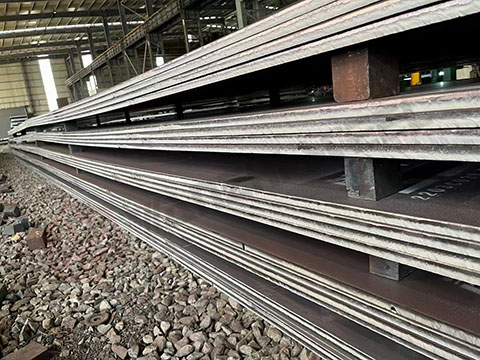
Carbon Steel Plates in Stock
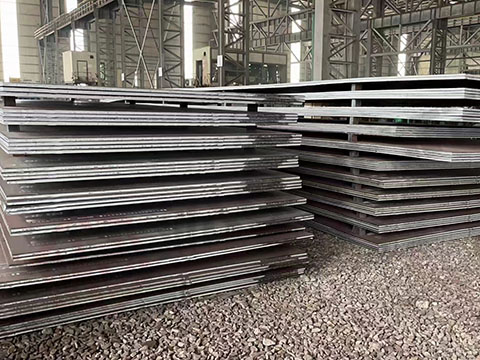
20mm Carbon Steel Plates at Factory
Low carbon steel plate, also known as mild carbon steel plate, is the cheapest and most widely used kind of carbon steel. With a carbon content of less than 0.25%, it is relatively weaker and softer but more fabricable, and easy to process, such as forging, welding, cutting, etc. Low carbon steel plate is mainly used in construction, machinery manufacturing, container manufacturing, shipbuilding, bridge construction, some parts of tractors and welding components, etc. The common codes are Q195, Q215, Q235, Q255, Q275, etc.
Medium carbon steel plate refers to steel with a high carbon content of 0.25-0.6% and small manganese content of 0.6-1.65%, which can increase the steel’s stress resistance. It provides a balance between low and high carbon steel plates, offering greater strength and hardness than low carbon steel while still remaining more ductile than high carbon steel. Medium carbon steel plate is popular in manufacturing various mechanical parts, such as axles, gears, or building materials.
Commonly known as carbon tool steel, high carbon steel plate tends to have a carbon content of 0.6-1.25% and manganese of 0.3-0.9%, which can be hardened and tempered. By comparison, high carbon steel provides the greatest strength and hardness but the lowest ductility. It means that the high carbon steel plate is very difficult to weld, cut, bend, etc. Therefore, it is mainly used to manufacture smaller parts, iron wires, iron rings, cutting tools, high strength wires and springs, and more.
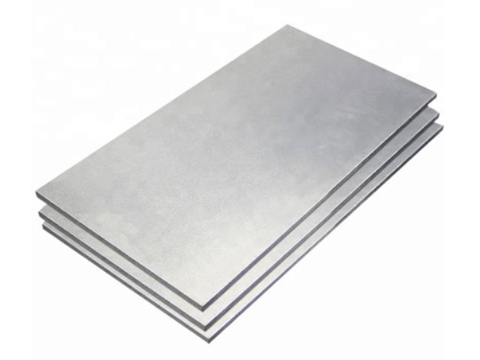
Low Carbon Steel Plates
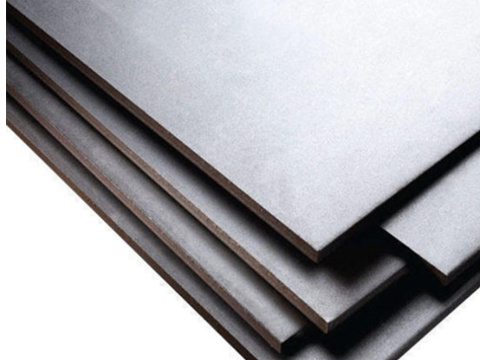
High Carbon Steel Plates
According to the production process, the carbon steel plate can be divided into hot rolled and cold rolled carbon steel plates.
Hot rolled carbon steel plate is the easiest and cheapest sheet steel to find. It is fairly ductile and can be easily formed with hand tools. But its dimension and surface quality are less refined compared to cold rolled carbon steel plates. As its name implies, it is often fabricated in the hot rolling process. Below is its manufacturing process:
Raw Steel – Pickling – Heating – Hot Rolling (until the desired thickness is achieved) – Cooling – Cutting Size – Examining – Testing – Packing
Cold rolled carbon steel plate is made with much tighter dimensional tolerances and the surface is more uniform and nice-looking. Typically, its edges are quite square. Cold-rolled carbon steel plate is harder, stronger but less ductile. When making, it usually takes hot rolled carbon steel plates as substrate and is molded at room temperature. Below is its manufacturing process:
Hot Rolled Steel Plate – Cold Rolling (until the desired thickness is achieved) – Cutting Size – Examining – Testing – Packing
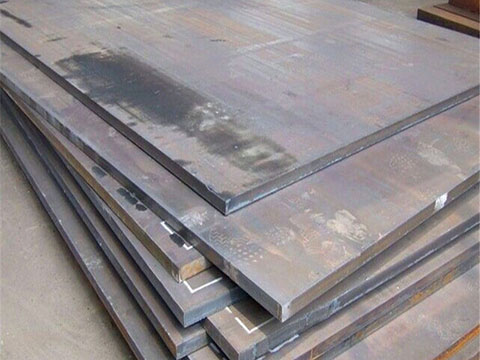
Hot Rolled Steel Plates
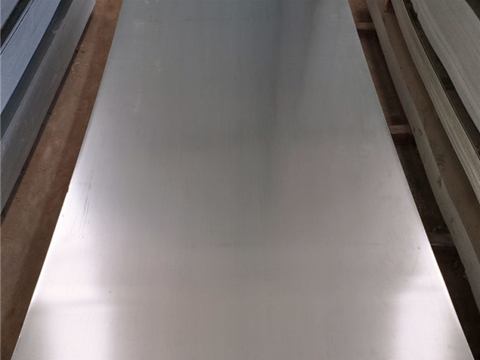
Cold Rolled Carbon Steel Plates
By thickness, the carbon steel plates can be divided into thin, medium, thick, and extra-thick carbon steel plates. Here is a table for your reference.
| Items | Thicknesses |
| Thin carbon steel sheet | 0.2mm-4mm |
| Medium carbon steel plate | 4mm-20mm |
| Thick carbon steel plate | 20mm-60mm |
| Extra-thick carbon steel plate | 60mm+ |
Wanzhi Steel offers high-quality carbon steel plates for sale, available in a variety of lengths, widths, grades, and thicknesses from 0.2mm to 20mm. Except for carbon steel for sale, we also have stainless steel coils and sheets to choose from. Welcome to contact us for more details!
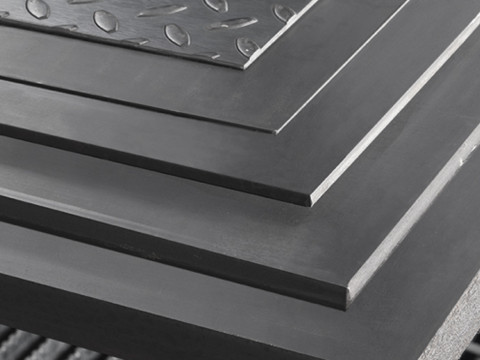
Carbon Steel Plates in Different Thicknesses
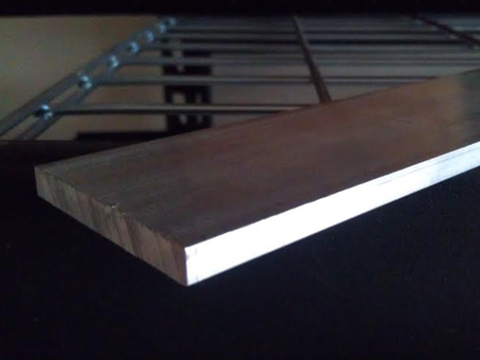
Extra-thick Carbon Steel Plate
The carbon steel plate has a wide range of applications in different industries. Therefore, in addition to the classification we’ve listed above, it can also be classified according to the detailed usage and application. Let’s take a look below.
Depending on the different carbon content, it can be divided into ordinary carbon structural steel plates and high-quality carbon structural steel plates. They are mainly used in the construction industry. So the quality, durability, and performance of carbon structural steel plates must meet the highest standard. That is to say, the carbon structural steel plate must be corrosion resistant and can withstand the overweight load and pressure.
Free-cutting carbon steel plate is a kind of steel plate that adds some elements to make the steel much brittle so that the steel plate is easily broken when cutting. It is beneficial to improve the cutting speed and prolong the life of the cutting tool.
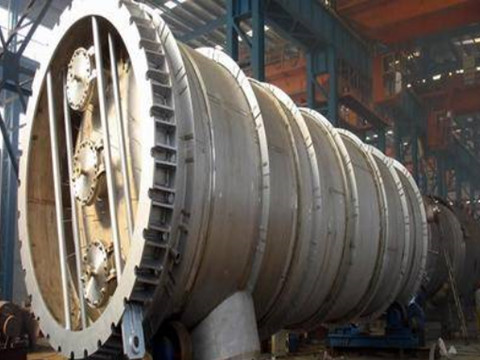
Boiler Steel Plate
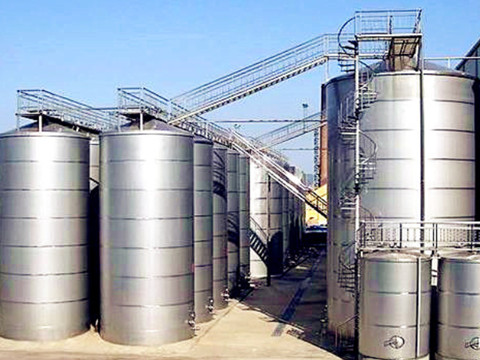
Storage Tank
Boiler steel plate is one of the key materials in boiler manufacturing. It mainly refers to the hot-rolled medium steel plate used for the manufacture of superheaters, boiler chambers, shells, support hangers, etc. Carbon boiler steel plate often has good welding and cold bending properties, and good resistance to alkaline, corrosion, and oxidation at high temperatures. Generally, the main codes include 20g, 16Mng, 15CrMoVg, 19Mng, 22Mng, 20R, 16MnR, 15MnNbR, etc.
Tanks made with carbon steel tend to be more affordable, wear-resistant, and durable. This makes the tank carbon steel plates have wide applications in industrial, commercial, and residential establishments. They are popular in the building of oil and gas tanks, storage tanks, water tanks, and tanks for storage other all kinds of stuff.
Shipbuilding steel plate refers to the steel plate produced with special structural steel for shipbuilding and used to manufacture the hull structure of ships sailing in ocean, coastal and inland waterways. The common thickness is 2.5-50 mm. It is compatible with high strength, high heat input soldering, and low temperature. According to the minimum yield strength, it is available in general carbon shipbuilding steel plates and high strength carbon shipbuilding steel plates.
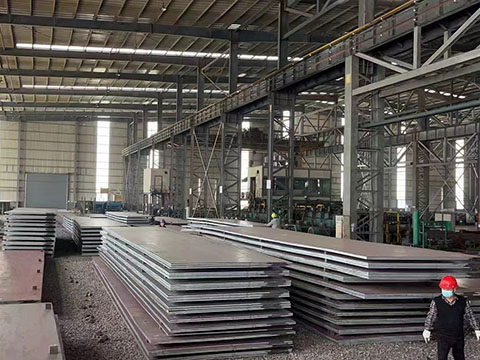
Carbon Steel Plates for Sale
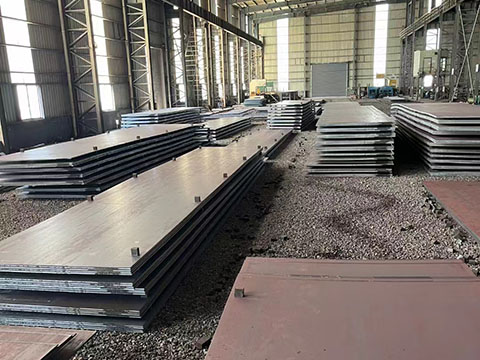
Wanzhi Carbon Steel Plate Factory
When you’re determining what kind of carbon steel plate to work with, it’s important that you familiarize yourself with these different types of carbon steel plates. And then you can easily choose one type that best suits your needs. Wanzhi Steel stocks high-quality carbon steel plates on sale, at very competitive prices. They are available in different sizes, designs, grades, using purposes, and thicknesses. We can also offer customization services for your different projects. Contact us for an inquiry now!





